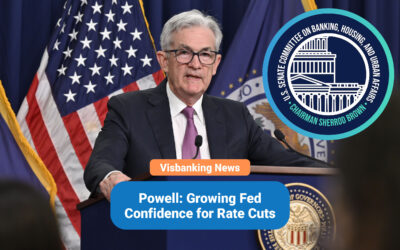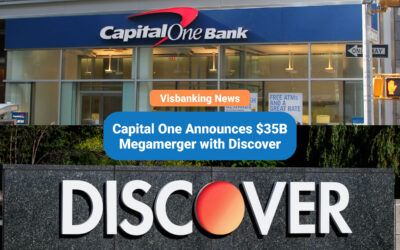Estimated reading time: 4 minutes
For millions of consumers around the world, buy now, pay later (BNPL) services have become a go-to payment option for their large, online purchases. As e-commerce has continued to enjoy explosive growth in recent years, these installment payment plans have enjoyed a surge in popularity that has helped to fuel a multibillion-dollar industry. To better understand this trend and why it has become so popular in such a short period of time, it is helpful to understand its history, major players, and some of the primary factors driving growth in this new industry.
History of buy-now-pay-later
Today’s buy now, pay later options may seem new and trendy to younger consumers, but the idea of installment payment plans has been around for more than a century. For example, the Singer sewing machine company famously marketed sales of their machines using a sales pitch that enabled consumers to purchase a Singer machine for a “dollar down, dollar a week.” By the early twentieth century, Hoover was offering similar options, with ads that promised delivery of a vacuum cleaner for as little as a $6.25 down payment.
Since those early days of installment plans, buy now, pay later options have largely remained the province of large retail companies like JCPenney’s, Sears, and Lumber Liquidators. While many companies have provided their customers with installment payment options, those plans have typically been tied to in-store credit cards and other financial products. With the rise of e-commerce, however, BNPL has emerged as a new and growing industry focused primarily on online transactions.
BNPL surges as e-commerce acceptance grows
Online retail sales have enjoyed considerable growth in recent years. According to official estimates, U.S. e-commerce sales surged by more than 14 percent in 2021, to around $870 billion, an amount that represents roughly 13 percent of all sales transactions that year. That surge in growth came on the heels of a 44 percent year-over-year increase in 2020, the first year of the coronavirus pandemic. Even without any additional increase in purchase numbers, many experts expect e-commerce spending to expand by an additional $27 billion in 2022, largely due to persistently high inflation.
Most analysts agree that the pandemic helped to supercharge an already-rising trend in e-commerce growth. While many physical stores where forced to shut down during the Covid-19 outbreak, online transactions grew dramatically. At the same time, new buy now, pay later options experienced a similar rise in popularity thanks to rising consumer awareness and preference for interest-free installment payment options. As many shoppers struggled to make ends meet during the pandemic, BNPL offerings provided a refreshing alternative to other more traditional lending plans like loans and credit cards.
Major players in the buy-now-pay-later market
When it comes to BNPL, Klarna is widely recognized as the largest player in the market, with gross merchandise volume (GMV) of more than $50 billion. The company was also one of the first movers in the industry, with an innovative credit check system and a strategic approach to retail partnership expansion.
Its leading BNPL industry competitor, Afterpay, boasts roughly $11 billion in gross merchandise volume. The company was acquired by Square in later 2021 as part of the fintech firm’s plans to increase its growth potential in the United States. Meanwhile, Affirm’s GMV is reportedly $4.6 billion. Affirm entered into a partnership with Amazon in August 2021, providing Amazon customers with a BNPL option for online purchases of $50 or more.
Other major players include Zip, with GMV of $2.1 billion, and Sezzle, with GMV of around $400 million. Other notable U.S. players include PayPal, which acquired Japanese BNPL firm Paidy in September 2021 for $2.7 billion. PayPal is just one of many U.S. firms that are now focusing their attention on rising competition from the BNPL industry.
Growth expectations
As e-commerce continues to grow, analysts expect BNPL plans to become even more popular in online sales. According to at least one analysis, total BNPL payments in the United States will grow by as much as 66.5% in 2022, reaching more than $82 billion. The longer-term forecast promises impressive growth as well, with expectations that the U.S. BNPL market could expand to as much as $443 billion by 2028.
With competition increasing, many traditional financial institutions moving quickly to embrace the buy now, pay later trend in their card offerings, and the potential for increased regulatory scrutiny, developments in the BNPL space will certainly bear watching in the months and years to come.



